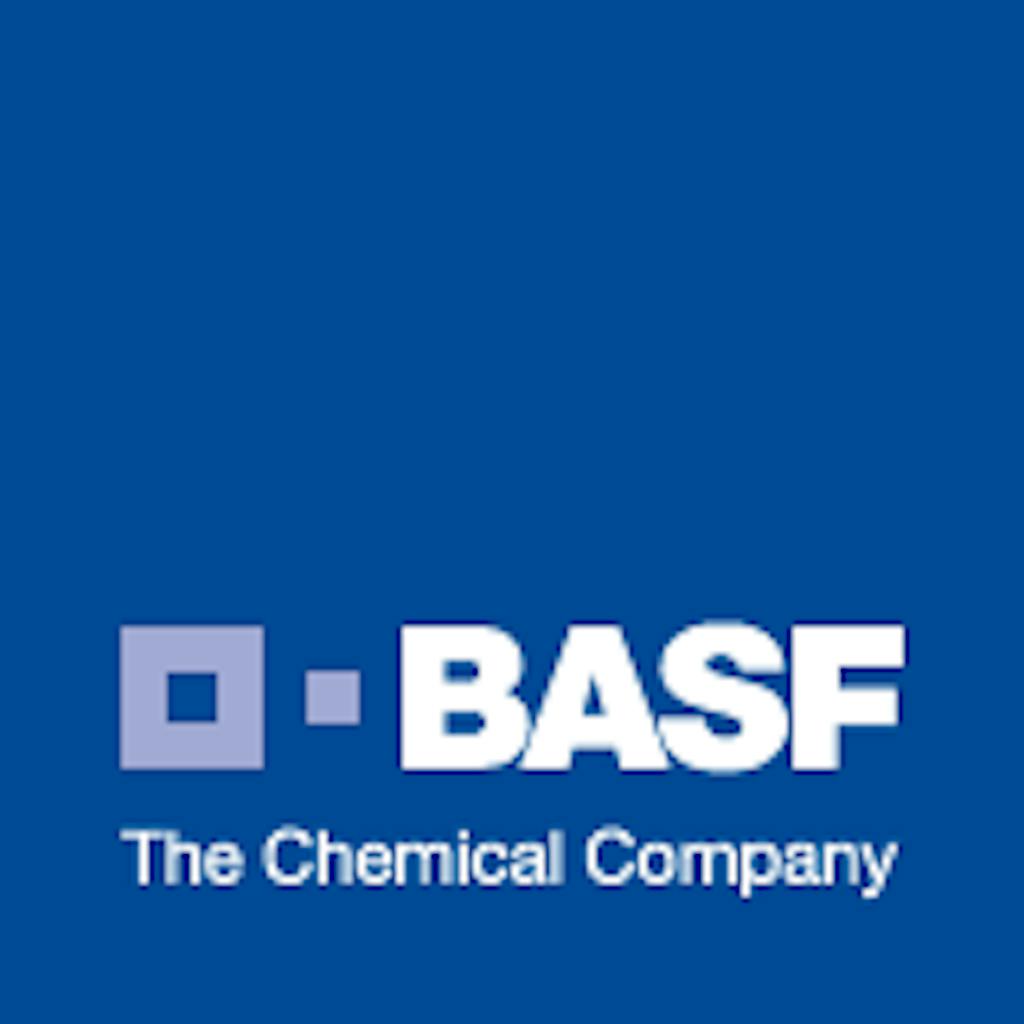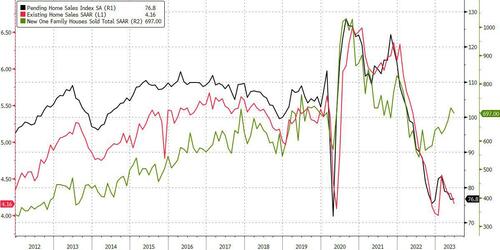The Urethane Blog
Everchem Updates
VOLUME XXI
September 14, 2023
Everchem’s exclusive Closers Only Club is reserved for only the highest caliber brass-baller salesmen in the chemical industry. Watch the hype video and be introduced to the top of the league: — read more
July 31, 2023
BASF SE (BASFY) Q2 2023 Earnings Call Transcript
Jul. 28, 2023 8:01 AM ETBASF SE (BASFY), BFFAF

138.98K Followers
BASF SE (OTCQX:BASFY) Q2 2023 Earnings Conference Call July 28, 2023 4:00 AM ET
Company Participants
Martin Brudermüller – Chairman
Dirk Elvermann – Chief Financial Officer
Stefanie Wettberg – Senior Vice President Investor Relations
Martin Brudermüller
Good morning, ladies and gentlemen. On July 12, we adjusted our full-year’s outlook and released preliminary Q2 figures. Today, the first time with Dirk, we will provide you with further details.
Let’s start with the development of Global Chemical Production. Based on currently available data, global chemical production stagnated compared with the prior-year quarter on account of weaker global demand. Among the large chemical markets, only China recorded growth. However, this was largely due to the low baseline resulting from the COVID-related lockdowns in Q2 2022.
In Europe, chemical production again declined strongly compared with the prior-year quarter. This was due to lower demand resulting from high inflation, frontloading of durable goods consumption during the COVID years, as well as elevated natural gas prices.
In Q2 2023, gas prices were still around twice as high as the average between 2019 and 2021 and 5x higher than the Henry Hub quotation for the quarter. In some cases, this has already led to temporary or permanent shutdowns of production capacities in the European chemical industry.
In North America, chemical production also declined compared with the prior-year quarter in an environment of weak demand for consumer goods. Lower demand and increased energy prices were also the main reasons for the decline in chemical production in Asia, excluding China, with the notable exception of moderate growth in India.
Despite recessionary developments in Europe and the United States and a subdued economic development in China, we do not expect a further weakening in demand at the global level of the second half of 2023. Inventories of chemical raw materials in most customer industries have already been greatly reduced.
Let’s take a closer look at the current and historical levels of indicators for inventories in the manufacturing industry by region. On this slide, values below 50 indicate declining inventories, values above 50 indicate restocking.
In Western Europe and North America, the indicators are already below their long-term averages. Furthermore, indicators in these two regions are now in the range of historical inflection points from destocking to inventory build-up. From this perspective, we should have likely reached the trough. Inventory indicators for Asia Pacific are above the long-term average, but have to be interpreted in the context of a somewhat higher growth momentum in industrial production.
Overall, these observations and statistical data are in-line with the current development of order entries in our operating divisions. Some customers are recognizing that they cannot expect further prices – further expect purchase prices to fall further. This should also support gradual demand recovery combined with a cautious rise in consumer confidence.
Moving on to BASF performance. Q2 2023, we faced low demand from our key customer industries, except automotive. Overall, BASF Group sales declined by 25% to EUR17.3 billion in Q2 2023, mainly on account of lower prices and volumes. Negative currency effects also lowered sales.
Compared with the extremely strong prior-year quarter, EBIT before special items decreased by EUR1.3 billion and amounted to EUR1.0 billion. The decline was especially driven by the upstream segments. Dirk will go into more detail on the development of the segments.
Already in January 2023, BASF broke ground on the third and final phase of the MDI expansion at our Verbund site in Geismar, Louisiana. We will increase production capacity to approximately 600,000 metric tons per year by 2026 to support the ongoing growth of our North American MDI customers.
We are investing $780 million in this final expansion phase from 2022 to 2025. Including the first and second phase, this investment volume totaled around $1 billion. This makes the MDI expansion project BASF’s largest wholly owned investment in North America. For future investments in the United States, we will evaluate incentive schemes provided by the Inflation Reduction Act.
Martin Brudermüller
Thank you, Dirk. Ladies and gentlemen, as announced on July 12, we expect weaker second-half sales and earnings than previously forecast. We adjusted our outlook for the full year 2023 accordingly. We now anticipate sales of between EUR73 billion and EUR76 billion. And EBIT before special items is now expected to reach between EUR4.0 billion and EUR4.4 billion in 2023. Based on the expected weaker earnings performance, we now anticipate a ROCE of between 6.5% and 7.1%.
Matthew Yates
Hi, good morning everyone. And welcome, Dirk. Now that you’re all warmed up, I can maybe ask a slightly tougher question. So the press release mentioned you’re planning to have sharper focus on cash management. As you’re probably aware, there’s a lot of anxiety from your shareholders around the balance sheet as we go through this period of tough trading, combined with high CapEx spending.
So can you talk a little bit more about the different levers you think you can pull to improve that cash management of the group? Are we talking about sort of cost-cutting, CapEx plans, working capital management, disposals or all of the above? Because I think there’s an anxiety from investors that BASF doesn’t have a Plan B if the cycle doesn’t quickly turn for sustaining that dividend. Thank you.
Martin Brudermüller
Clearly for the new CFO.
Dirk Elvermann
Thanks, Matthew, for the question. So yes, and first of all you see the focus on the cash management already, I think in the second quarter results, which we have just explained. So what are the levers that we are pulling?
So (a) CapEx we talked about. We started the year with a EUR6.3 billion expectation for this year. We have trimmed this down first to a little bit below EUR6 billion as you know, and now we’re at EUR5.7 billion. And this is attributable to savings in the base CapEx I’d say, which is the maintenance and funding of our overall asset footprint.
But also with regard to our growth projects, we came down here and this is a little bit of FX effect certainly, but this is also smart negotiations with partners in China. So that we are not just postponing CapEx to the outer years, but that we are really also reducing it to now 5.7 billion. This is I think a comfortable number, which will not be higher and I think that’s the step in the right direction.
Cost savings; I mentioned we are having the various dimensions. We have the focus projects, cost-saving projects on Europe, EUR 500 million run rates from non-operating activities, and then until 2026, also the streamlining of the Verbund in Ludwigshafen with the further 200 million. And then we have the running programs for the service units, which we have also explained. So altogether, it’s a little bit more of EUR1 billion run rate as of 2026, the latest.
And then on inventories, that’s close to my heart also. You know the typical inventory profile of the group, so we are normally peaking around late summertime. This year, we stayed very focused on inventory build-down alone in June. Just to give you an idea, we are more than 400 million lower than in May in terms of our inventories, and if you compare it with June last year, we are more than 550 million lower. So this shows you in which direction we want to go there.
Last not least, accounts receivable. There we will see of course the build-down in the second half when the cash collection from the agricultural business is at its peak, and also here we see some cash release. So in short, in a nutshell, we are pulling all levers that we have.
Sebastian Bray
Hello, good morning, and thank you for taking my questions. I have two, please. The first is on the automotive sector. This has been a source of relative strength over the last two years. There may be some lead indicators that demand starting to slip a little. You mentioned earlier Martin, the comments around the slight pickup in orders on a near-term basis for the industry. But is this also the case for automotive or is it more appropriate to talk about a slight weakening there, is there any change?
My second question is on the mission’s control business, together with the precious metal activities that have been carved out. Could you give us any idea if the economics of this business, either in terms of its absolute sales or profitability currently? Thank you.
Martin Brudermüller
I mean, overall the order income from automotive I would say is rather stable. Also, when I said weakness or getting maybe a little bit weaker, that has also to do a lot with the base effect over there. So I see actually automotive rather stable, particularly the emission catalyst business and Dirk will come to this in a second, is also stable. And you see also that we have a very strong coating business, currently is performing actually very well, and that shows you there will be no car produced or sold, that is not painted, so that’s always very, very good indicator over there.
July 31, 2023
Tempur Sealy International discloses cyberattack led to a temporary interruption of operations
1h ago

Tempur Sealy International (NYSE:TPX) disclosed in a SEC filing that the company identified a cybersecurity event involving certain information technology systems. Upon discovery of the event, TOX said it activated its incident response and business continuity plans designed to contain the incident.
Tempur-Sealy (TPX) said it had to take immediate measures in reaction to the incident, including proactively shutting down certain parts of its IT systems. This action resulted in the temporary interruption of the company’s operations.
Legal counsel, a cybersecurity forensic firm, and other incident response professionals have been engaged to advise on the matter. TPX has also notified law enforcement authorities.
TPX has begun the process to bring certain of its critical IT systems back online and has resumed operations. The forensic investigation remains ongoing and the company continues to work to determine whether this incident will have a material impact on its business, operations, or financial results. TPX will comply with any reporting obligations it may have with respect to personal information that may have been exposed due to the incident.
Tempur Sealy International (TPX) is scheduled to report earnings on August 3. Consensus estimates are for revenue of $1.24B and EPS of $0.56 to be reported. 5 of the last EPS revisions from analysts have been to the upward side. TPX has beat the consensus EPS estimate in four of the last five quarters.
How hard would it be to bring a bunch of laptops and a couple company cell phones, beach chairs and coolers, and get the job rocking like it’s meant to be?

Subscribe to the Urethane blog for more Everchem Updates here
July 27, 2023
“The Housing Recession Is Over”: Pending Home Sales Post First Increase Since February
by Tyler Durden
Thursday, Jul 27, 2023 – 10:15 AM
The housing market may be paralyzed, with the gap between bids and asks wide enough for an army of Hummers to drive though, but where the rare transasction is still taking place, buyers have been aggressively chasing offers as recent existing home sales and the just released pending home sales data revealed.
In June, pending home sales registered a modest increase of 0.3% the previous month – the first increase since February – according to the National Association of Realtors, beating estimates of a -0.5% drop and following last month’s -2.5% decline. The modest sequential increase raised the annual drop to -14.8%, an improvement from the -20.7% drop in May.

Regionally, the South and West posted monthly losses, while sales in the Northeast and Midwest grew. All four U.S. regions saw year-over-year declines in transactions.
“The recovery has not taken place, but the housing recession is over,” said the always cheerful NAR Chief Economist Lawrence Yun, “The presence of multiple offers implies that housing demand is not being satisfied due to lack of supply. Homebuilders are ramping up production and hiring workers.”
Still, when one looks at both the pending and existing home sales index, it is difficult to share Larry’s enthusiasm. Also notable is the record disconnect between existing/pending transactions and new home sales which have been storming higher in recent months.

The Pending Home Sales Index – a forward-looking indicator of home sales based on contract signings – rose 0.3% to 76.8 in May. Year over year, pending transactions fell by 15.6%. An index of 100 is equal to the level of contract activity in 2001.
NAR forecasts that the 30-year fixed mortgage rate will hit 6.4% this year and then decline to 6.0% in 2024, while the unemployment rate will rise slightly to 3.7% in 2023 before increasing to 4.1% in 2024.
“With consumer price inflation calming close to the Federal Reserve’s desired conditions, mortgage rates look to have topped out,” Yun added. “Given the ongoing job additions, any meaningful decline in mortgage rates could lead to a rush of buyers later in the year and into the next.”
NAR expects existing-home sales to decrease 12.9% from 2022 to 2023, settling at 4.38 million, before climbing 15.5%, to 5.06 million in 2024. Compared to last year, national median existing-home prices will remain steady – declining 0.4%, to $384,900, before rebounding by 2.6% next year, to $395,000. The West – the country’s most expensive region – will see reduced prices while the more affordable Midwest region is likely to see a small, positive increase. Housing starts will drop 5.3% from 2022 to 2023, to 1.47 million, before increasing to 1.55 million, or 5.4%, in 2024.
“It is critical to expand supply as much as possible to widen access to homebuying for more Americans,” Yun said. “Home prices will be influenced by how much inventory is brought to market. Increased homebuilding will tame price growth, while limited construction will lead to home price appreciation outpacing income growth.”
Newly constructed home sales will increase from last year by 12.3% in 2023, to 720,000 – due to additional inventory in this segment of the market – and increase by another 13.9% in 2024, to 820,000. The national median new home price will decrease by 1.9% this year, to $449,100, and then improve by 4.2% next year, to $468,000.

July 27, 2023
Dow announces FM following fire at Plaquemine, Louisiana, US EO unit
Melissa Wheeler
18-Jul-2023

HOUSTON (ICIS)–Dow has announced a force majeure (FM) on ethylene oxide (EO) following a fire at its Plaquemine, Louisiana, unit.
According to the company, the fire was extinguished on Sunday; however, it will take several weeks before the unit restarts.
Currently, demand for EO has been weak as downstream ethylene glycols (EG) and surfactants demand has been negatively impacted by shifting consumer spending habits.
As a result of low demand, it is unlikely market supply will be negatively impacted.
The majority of EO contracts are formula-based, and price movement comprises 80% of the change in the ethylene price and an additional conversion fee, or adder.
Like ethylene, EO contracts are settled at the beginning of the month for the previous month’s price.
EO is largely used to make monoethylene glycol (MEG), a key feedstock for polyethylene terephthalate (PET). EO’s secondary outlet is in surfactants.
Other EO derivatives include glycol ethers, polyols for polyurethane systems, polyethylene glycols and polyalkylene glycols.
EO producers in the US include BASF, Dow, Eastman Chemical, Formosa, Indorama Ventures, Lotte Chemical, LyondellBasell, Sasol and Shell Chemical.

